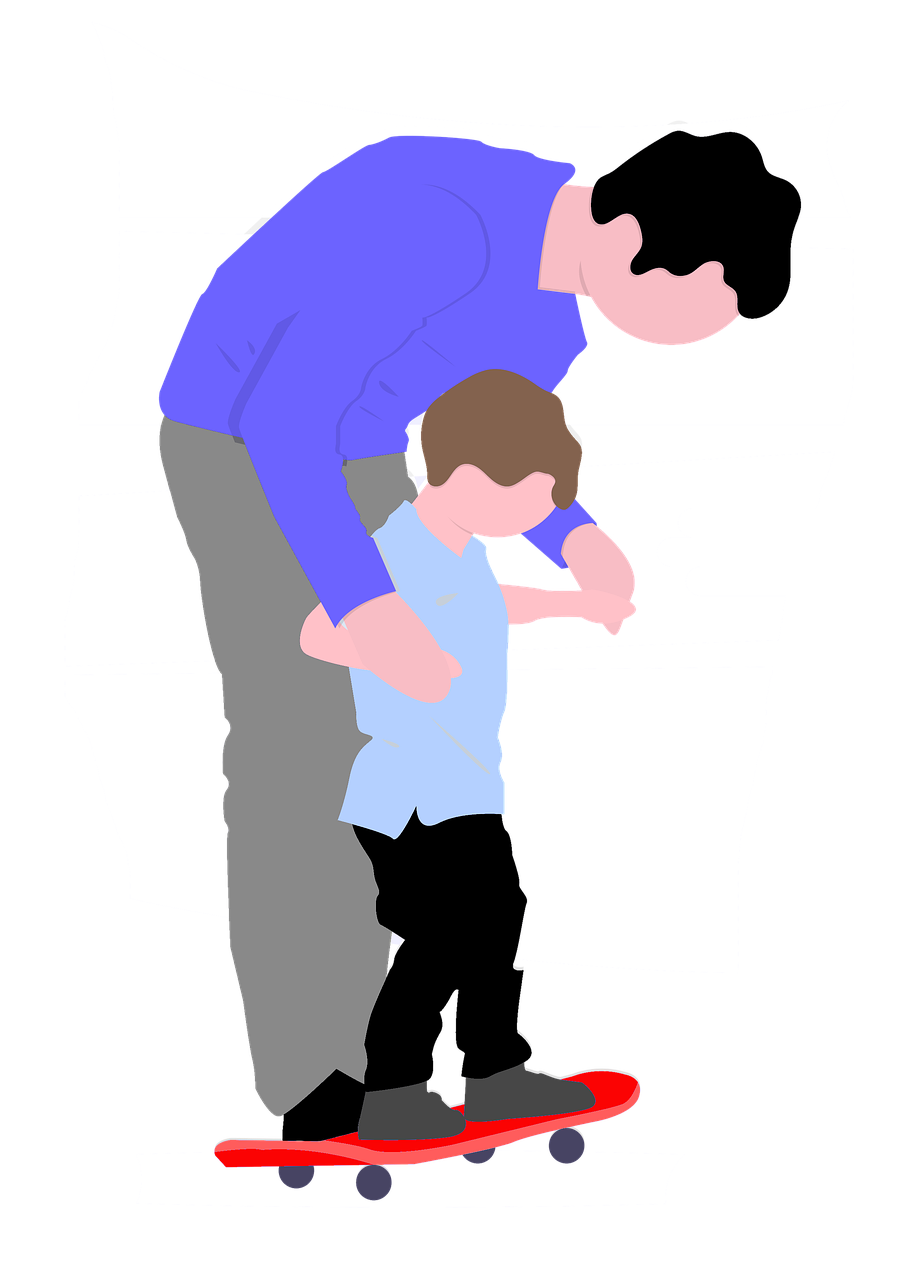Wired to Learn: Early Foundations for Children with Down Syndrome
When we talk about learning in children with Down syndrome, it’s easy for the conversation to drift toward checklists and the what and when of milestone development. When will my child walk? When will they talk? When will they start reading?
But for our children with Down syndrome, how and why matter far more than what and when.
In our upcoming Wired to Learn webinar in the DSAP Community, we will explore the beautiful, layered process that takes place in the brain and body before a child can take in, process, and use new information. And for children with Down syndrome, this process is critical because their brains are structurally, functionally, and chemically different and their bodies often require more time to integrate each stage.
The Developmental Sequence
Every child’s journey begins with the developmental sequence, an integrated progression of skills that build on one another. For children with Down syndrome, the sequence is the same, but the pace is often slower, and the brain may need specific and more varied sensory input to fully integrate each stage. This isn’t a delay, it’s a neurological truth to be respected. Seeing the slower progress through the lens of “delay” leads to rushing milestones, accepting compensatory movements for the sake of moving on, and sometimes skipping steps altogether.
Skipping steps, even ones that seem small, means the brain misses opportunities to integrate and form the connections it will later rely on for global praxis; brain/body connection. This integration and connection is the integrated foundation necessary for language, literacy, problem-solving, and emotional regulation.
You can learn more about the developmental sequence here , for a video with explanation here, and for full webinars, join the DSAP Membership Community here.
Integration Before Instruction
In DSAP, we talk often about integration before instruction. This means that before we focus on teaching letters, numbers, or other pre-academic skills, we prioritize the underlying systems; balance, coordination, sensory integration, and motor planning.
Children with Down syndrome often require longer to integrate these brain-body processes. That’s because of differences in muscle tone, joint stability, processing speed, and the way certain brain structures, like the cerebellum, develop and communicate. Rushing to “catch up” developmentally or academically without giving the brain time to wire these systems is like trying to run software on a computer before the operating system is fully installed.
Around age three, there’s a strong push in many programs to shift from sensory-rich, movement-based integrated development to pre-academics. For our children, this can be especially problematic. If the brain is still working to integrate basic motor patterns, strengthen neural pathways, and build sensory processing networks, shifting focus to the performance of academic tasks (Pre-school readiness), integrated neurodevelopment is halted.
Yes, our children can memorize and perform, particularly in the very early years of preschool, and they often do, because they’re motivated and eager to please. But without the deep, automatic foundation, those skills will not stick, and learning later on can become harder than it needs to be. Our children learn to control everything they need to do consciously, and this significantly slows down processing, processing speed, and learning. An integrated foundation is necessary for things to become automatic, reduce stress and the resultant fight/fight/freeze responses that so often get mislabeled as “behaviors” in the pre school setting.
The Cerebellum’s Influence
The cerebellum, often called the “little brain,” plays a big role in the foundations of learning , especially for a child with Down syndrome. It’s involved not just in movement and balance, sensory integration, emotional safety and regulation, praxis of speech, visual motor integration, but also in attention, sequencing, and the speed at which the brain processes information, to just name a few skills.
Because the cerebellum is structurally, functionally, and chemically different in our children with DS as early as the second trimester in utero, stimulating it throughout early development is critical for it’s neuroplasticity. In fact, the cerebellum remains highly plastic throughout life. It is a critical piece to the puzzle for all individuals with DS regardless of age.
Honoring the Pace
When we understand and honor our child’s unique neurological wiring, we stop treating longer timelines as a problem and start seeing them as an opportunity. More time spent on integration means stronger connections, better coordination, and a brain that can learn with less effort and more joy.
This is the heart of early foundation building, and how we become Wired to Learn. It’s not about rushing through a checklist, seeing something our children can’t do vs something they can’t do yet, believing “That’s just DS,” or “all kids with DS struggle with that, it’s about building a strong and integrated foundation that will support a lifetime of learning.
Because when we focus on the how and why, the what and when fall into place in their own time — and that time is exactly right for our child.
Five Ways to Support Early Foundational Learning
Prioritize Integrated movement every day — crawling, rolling, climbing, brachiating, swinging, to stimulate sensory and motor systems. Be creative with offering challenging surfaces for baby to roll and transition on that challenge balance such as an air mattress, a balance board, a wobble cushion, etc.
Incorporate rhythm and music — clapping games, drumming, bouncing, etc., strengthen timing, sequencing, and cerebellar function.
Offer rich sensory experiences — touch, smell, taste, sight, and sound all feed the brain’s integration systems, paying special attention to proprioception (heavy work; animal walks, carrying, pushing, pulling, banging, etc.) and Vestibular input (spinning, bouncing, swaying, rocking, etc)
Encourage cross-body play — activities that make the right and left sides of the body work together help the brain’s hemispheres communicate.
Build environemnts and routines that allow for continual stimulation as baby develops and lives life on the floor! Our children often need time and tries for the brain to fully automate new skills.

